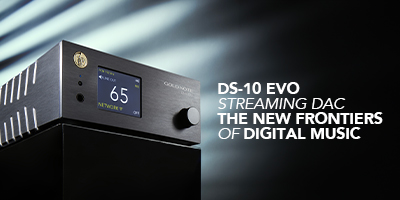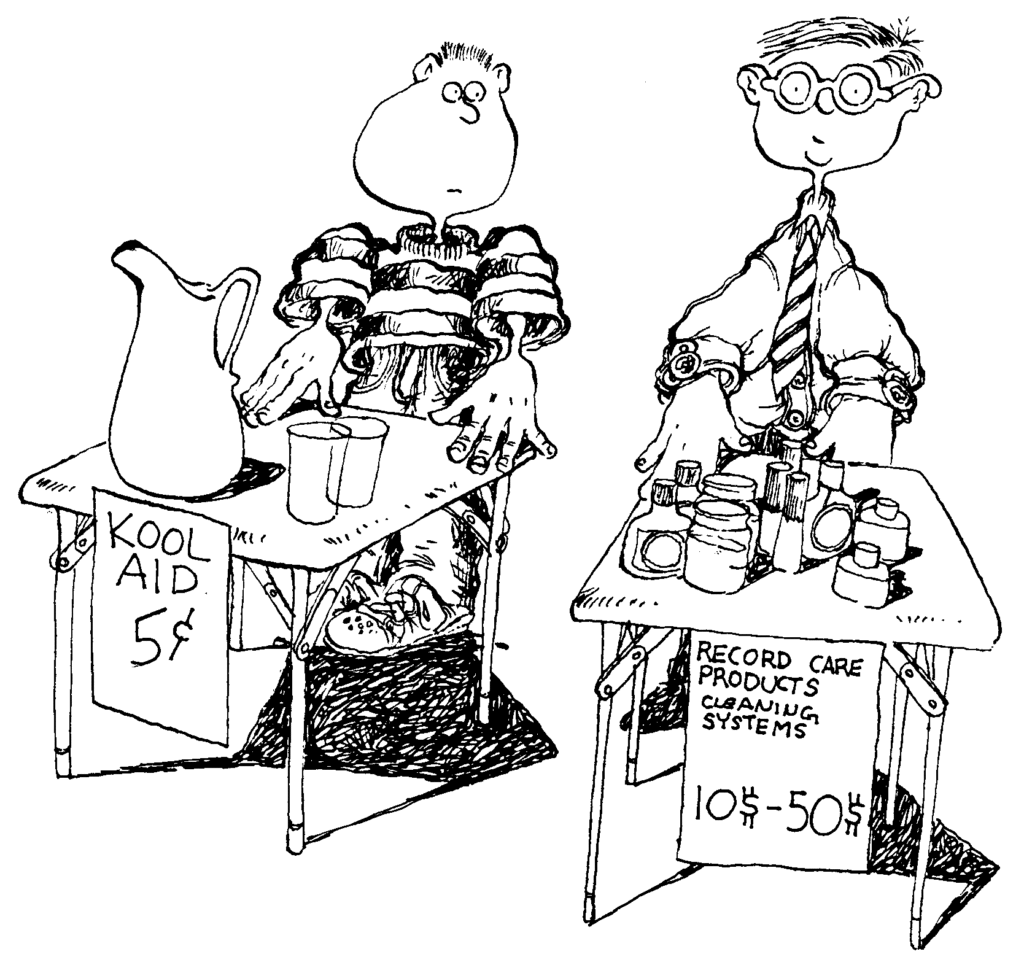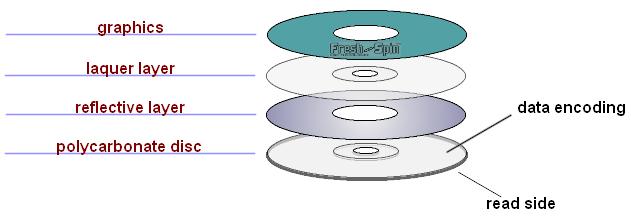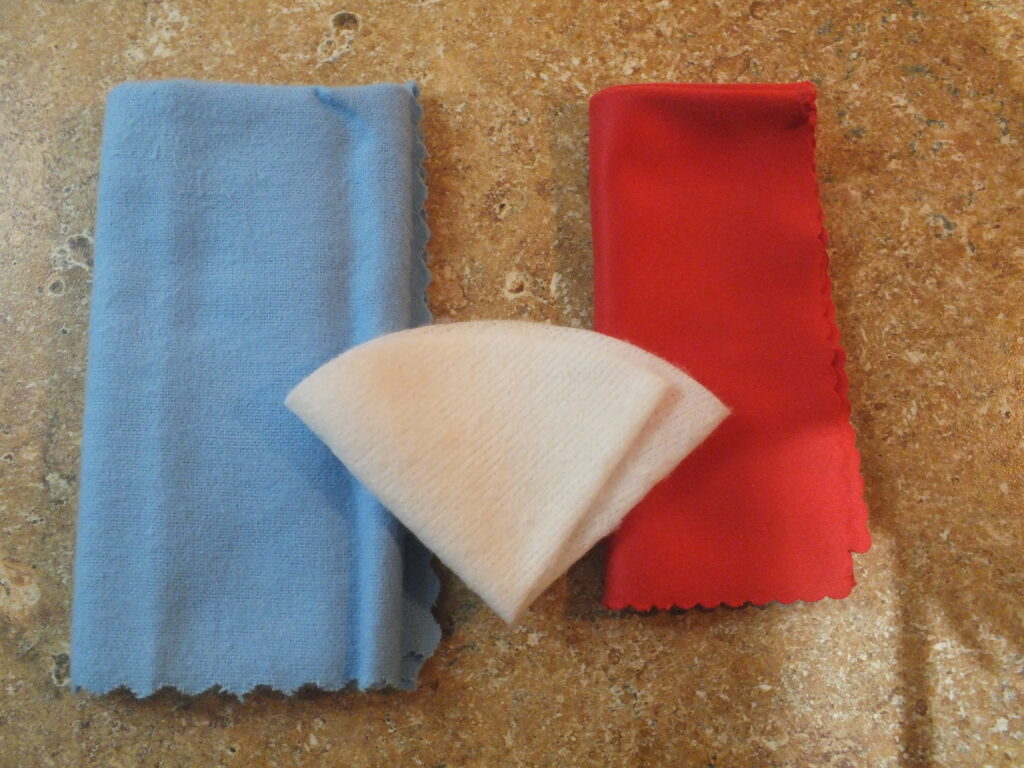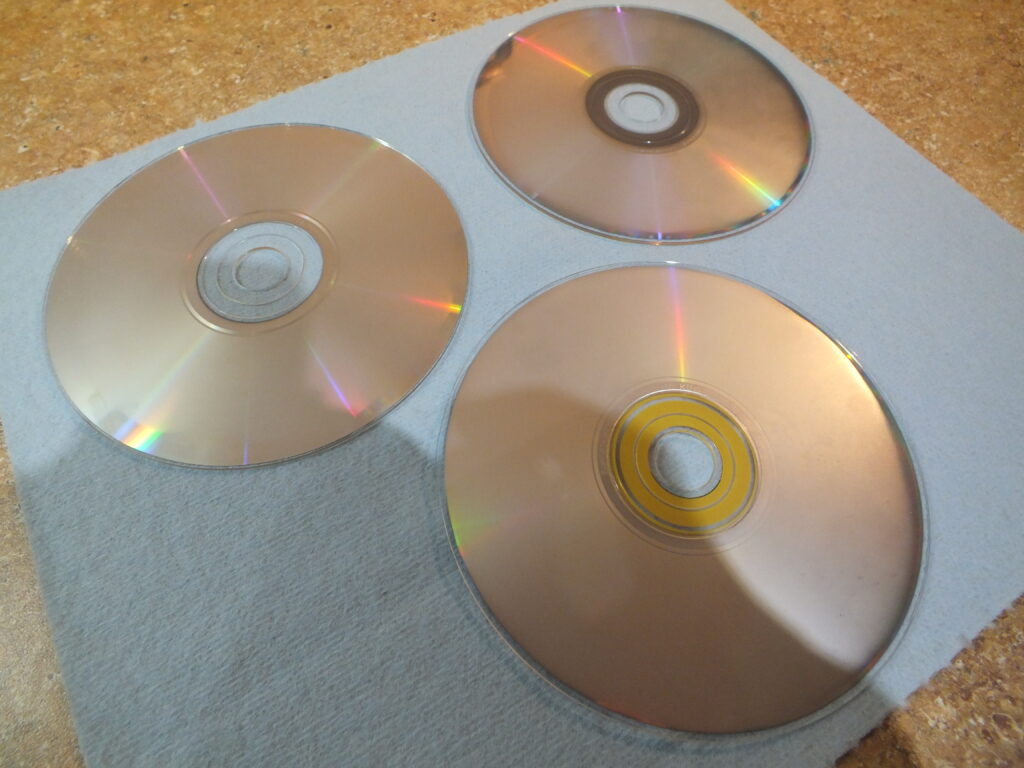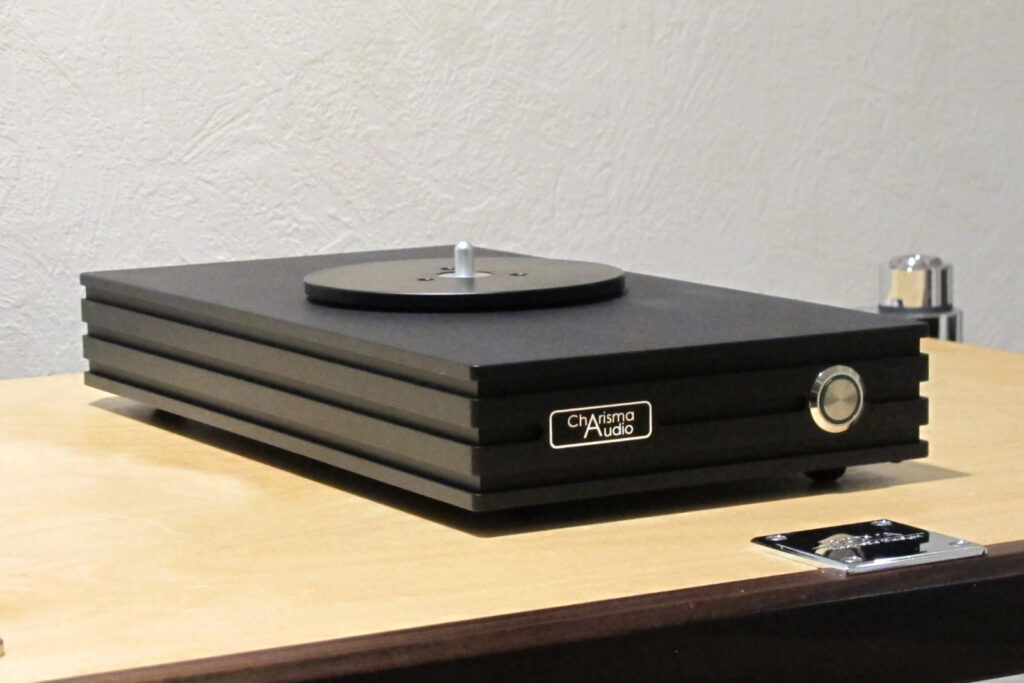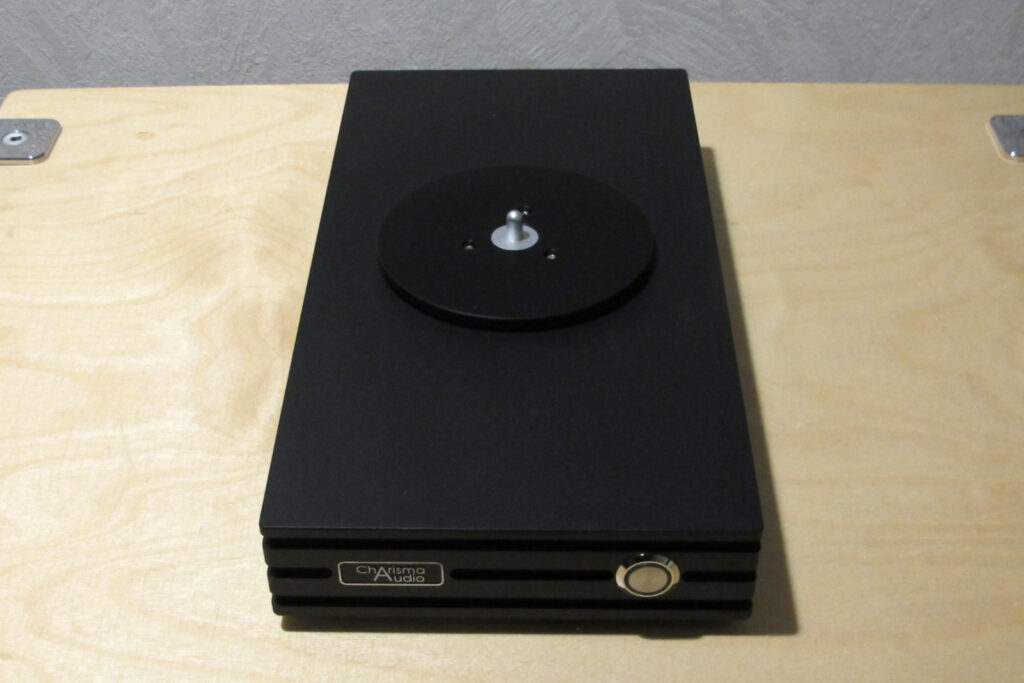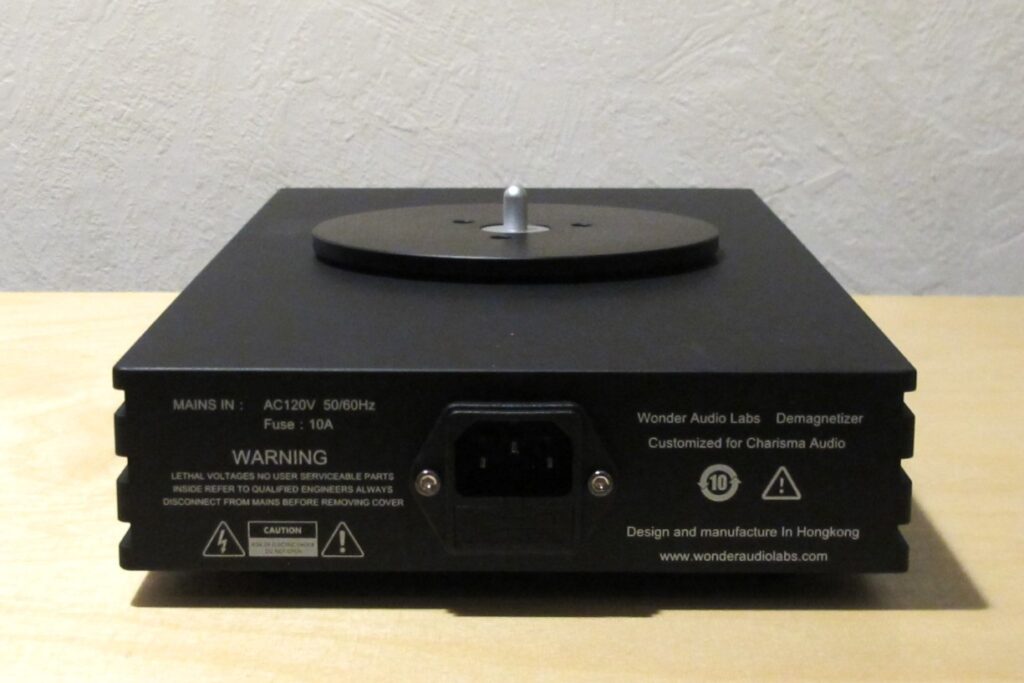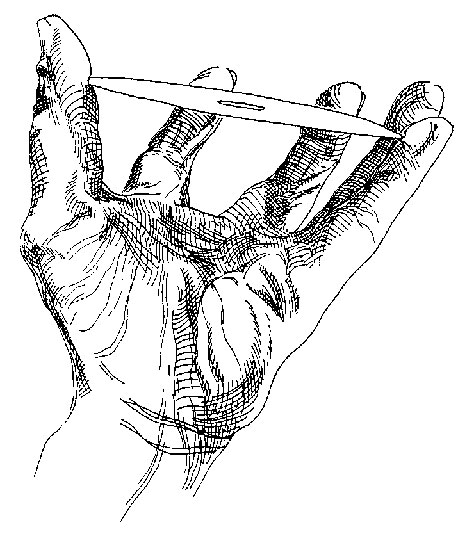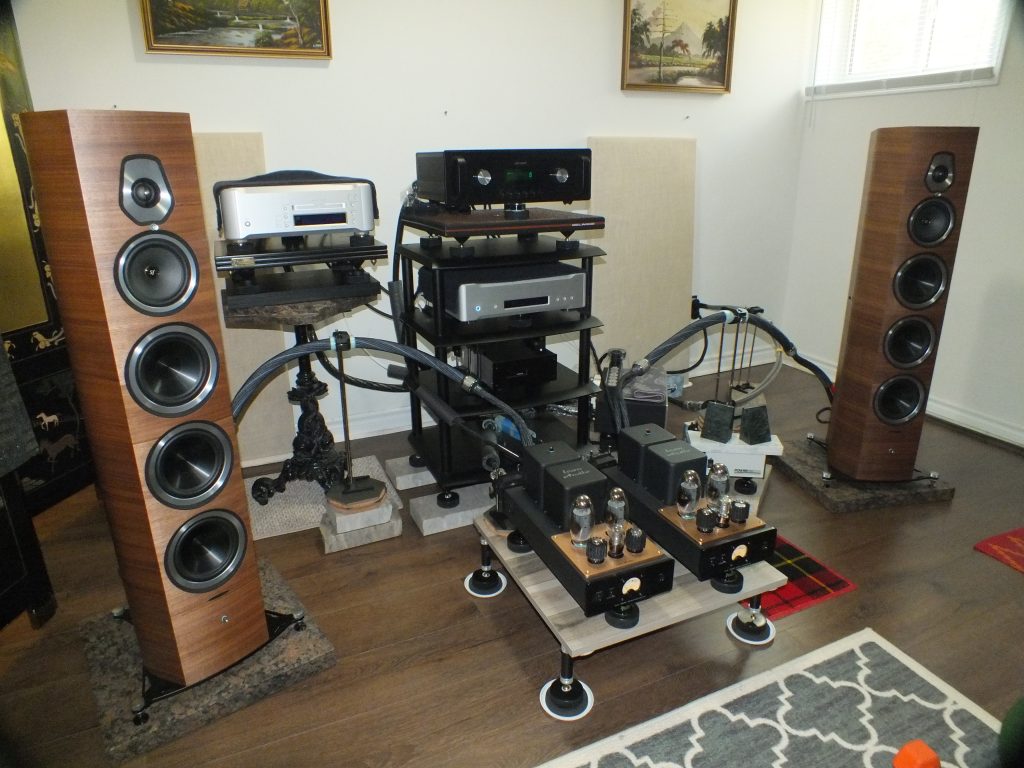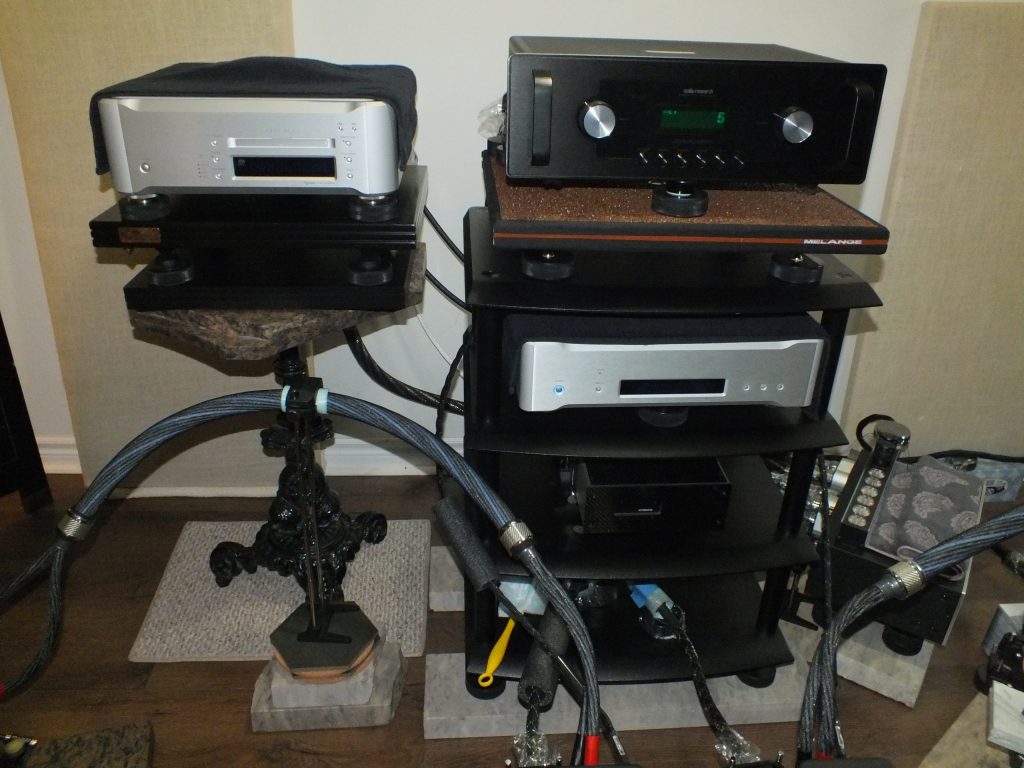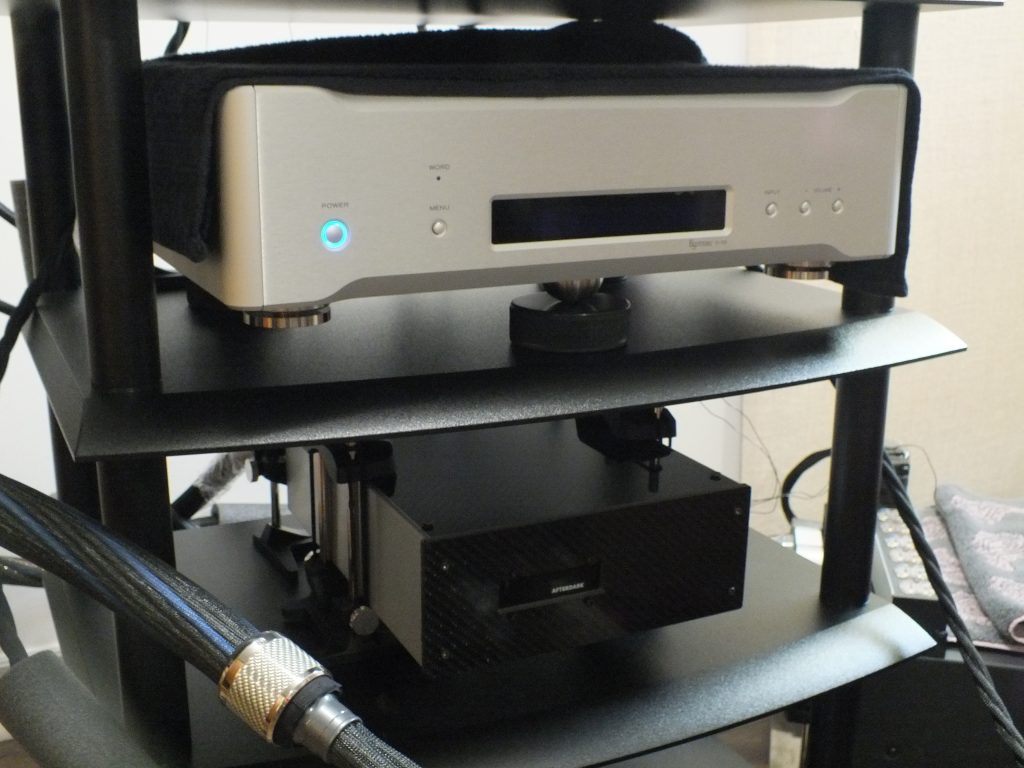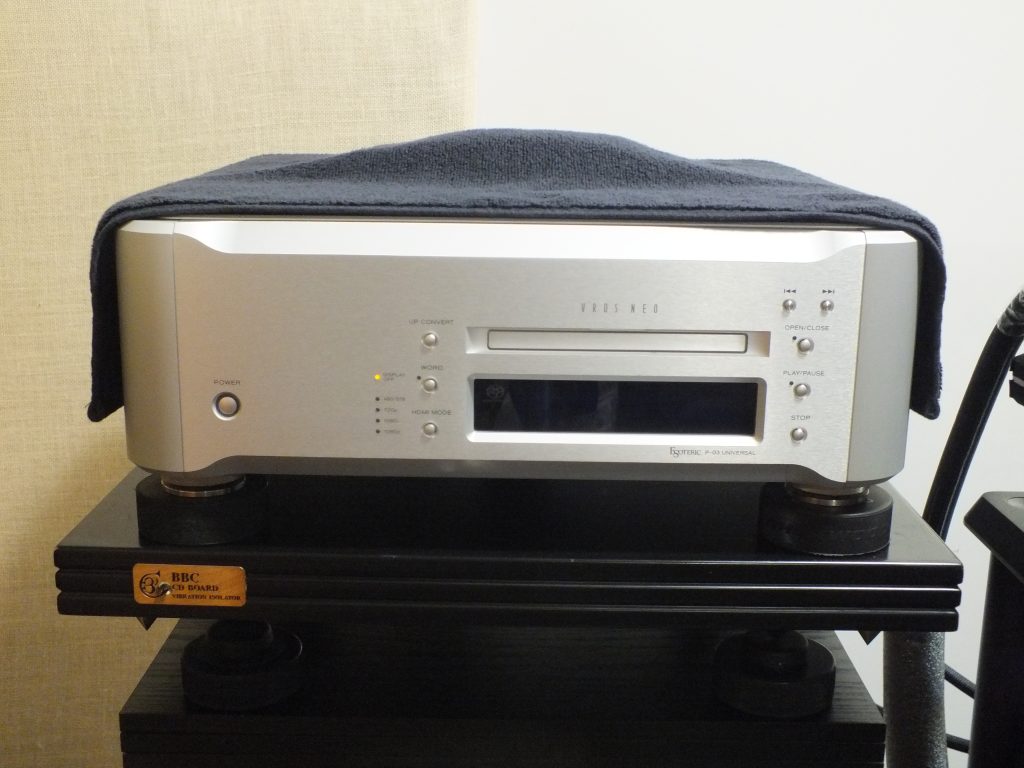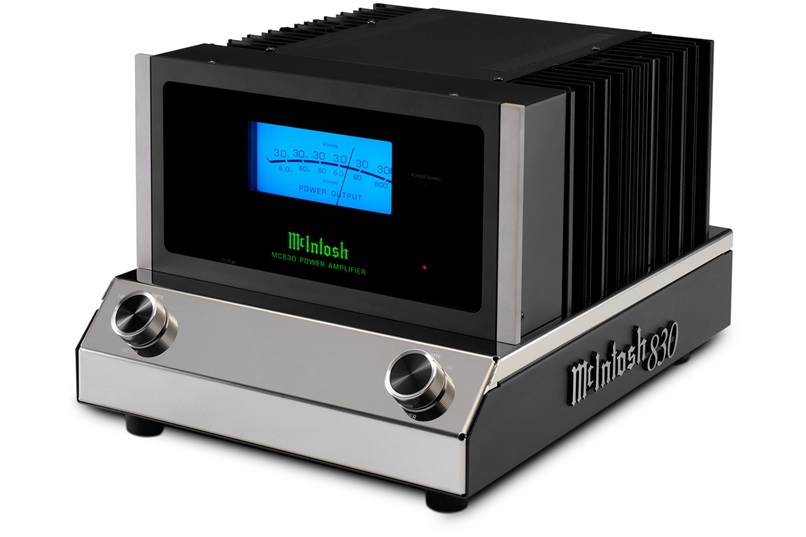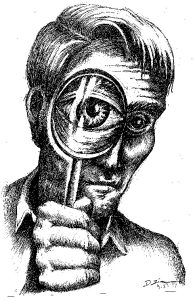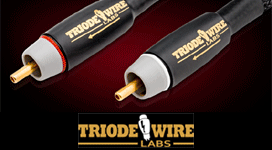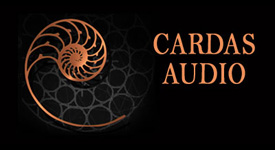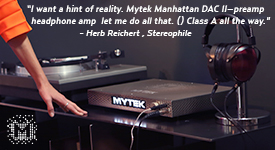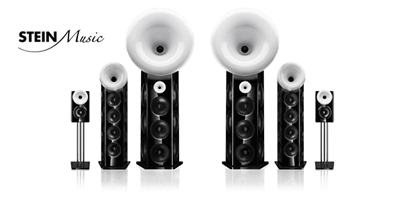For many modern music lovers, listening to songs from FM-radio stations in the car or streamed over computers at home from websites like You Tube is how they (er… we) discover new music. If you're lucky enough to have a Sirius-XM radio subscription or can afford to stream high-resolution digital music from various online providers, these are wonderful sources for researching and discovering many different types of music.
The difficulty for serious audiophiles is that the sound quality of far too many streamed digital recordings is—to say the least—more painful to listen to than an angry intersectional feminist droning on and on about toxic masculinity, the patriarchy, and all manner of obnoxious woke subject matter.
If you're interested in a band and you want to fill out your CD and/or SACDs collection of said band's albums, one of the more cost-effective ways to complete your music collection is to buy used discs.
These days, buying brand new heavy-weight 180-gram and 200-gram pressings of your favorite recordings costs a damned fortune. Examples…? I recently bought a 180-gram, crimson blood-red colored, 2-record re-release of Triptykon's classic 2014 Melana Chasmata record. With the taxes factored in, one copy of this record cost me a wallet-imploding $68 Canadian dollars! Ohhh man… big sigh.
Used CDs and SACDs cost significantly less money than buying new vinyl. The only issue with buying used discs is, naturally enough, that they are… ehm… "pre-owned." As such, used discs are often covered in fingerprints, burnished yellowish cigarette smoke stains, dust, and micro-scratches.
This article will focus on sourcing, buying, freezing, un-freezing, cleaning, polishing, and de-magnetizing used CDs and SACDs.
Sourcing Used CDs and SACDs
So you want to buy a CD or an SACD copy of a particular album. Okay… fair enough. But what if the album is out of print and you can only buy a used copy of it? Where can/should an intrepid audiophile look to source used discs from?
The obvious place to buy used CDs is at your local record store. These days, most retail sellers of vinyl records are quite happy to accept used CDs and SACDs as 'trade-in' towards new vinyl. As long as the discs aren't too physically beat up, (i.e. deeply scratched, chipped, or damaged beyond repair), record store proprietors will usually 'do deals' on trading-in used discs for new vinyl.
For me, record stores have been a gold mine for sourcing used CDs at affordable prices. Examples…? I recently found a long out of print copy of Flotsam & Jetsam's 1986 masterpiece Doomsday for the Deceiver on Redbook CD for $7 Canadian dollars(!). Ohhh Hosanna… glory be to sweet baby Jesus for delivering this rampaging flash-banger album to me.
Although this particular disc needed a new plastic jewel case, the CD itself, the inlay card, and rear numbered 'track list' card were all in decent shape. Considering that very few copies of this CD exist and that it's been out-of-print for more than 30 years, just finding it on Redbook CD was something of a minor miracle.
The budding audiophile on a budget can also source used CDs and SACDs from re-seller sites like Audiogon, Canuck Audio Mart, US Audio Mart, and websites like Amazon and eBay. If you buy large 500+ disc collections, you can (sometimes) get volume discount purchases of $1 or $2 per disc pricing.
Replacing CD cases
So now that you've bought some used CDs, the first step is to replace the (likely) ratty used plastic CD jewel cases with pristine new ones. Most used CD cases will be covered in scratches, finger prints, dust, and dirt. The first step to replacing the case is to buy some brand new standard-sized 10.4mm jewel cases. New cases can be bought online from various retailers like Amazon for about $1 per case. Buying in volume will, of course, lower the unit price.
To dismantle the used CD case, gently 'lift' the plastic tray that the CD sits in with the edge of a small knife. Also pull the printed inlay cards out. Install these inlay cards into the new CD jewel case and then 'pop' the new case's center CD holder tray back in.
Voila! The first step is done.
Physically cleaning the CD's surfaces
Various alcohol swabs
I've found that isopropyl alcohol swabs that Diabetics use for anti-septic porpoises… er… purposes prior to injecting insulin can work wonders when cleaning used CDs and SACDs. Gently swab the rim/edge of a CD with one alcohol swab. If the center hole of the disc is also greasy/dirty, then clean said hole with the same alcohol swab.
Layers of a CD
The upper label-side of the CD can be cleaned in the same way. First gently 'wet' the surface of the disc with an alcohol swab. Then carefully polish the surface clean with a micro-fiber polishing cloth. Be careful not to smear the ink on the label side (the top) of the disc. Finally, using a fresh alcohol swab, gently 'wet' the bottom side of the CD or SACD. I always use a clean micro-fiber cloth to remove any dirt and finger-prints from the bottom side (the poly-carbonate side) of the disc.
Various micro-fiber cloths
It's critical to remember that the CD player's laser is reading the disc's microscopic pits as the disc rotates. The cleaner the surface of the CD or SACD, the more digital information, (i.e. the 1-0-1-0-1-0-0 numeric code), the CD player will have to convert into analog sound.
Freezing CDs and SA-CDs
I place all of the discs I buy—both new and used—inside of my refrigerator's freezer before applying Last's CD/DVD polish to the bottom side of any disc. These discs include CDs, SACDs, Blu Ray films, DVDs, and 4K UHD Blu Ray movies discs. But… why would anyone freeze a digital disc? I hear you wondering.
About 30 years ago, a PhD-educated cold-temperature physicist friend of mine whom worked at Sony Music of Canada's CD manufacturing plant in Toronto told me that most discs—especially Redbook CDs—are physically made so quickly that a lot of the microscopic pits in the CD's poly-carbonate bottom-side surface do not 'fall in' properly. By freezing them, what he referred to as "thermal stress relief" allows these un-formed pits to "fall" into place.
The finished quality of higher-end CDs and SACDs from audiophile labels like Cheskey, First Impressions Music (FIM), and Mobile Fidelity Sound Labs (MFSL) are much better than those made in larger quantities by bigger manufacturers like Cinram. The quality of Sony Music's CDs is excellent too. Quebec-based Disque Amerique also produces CDs that sound superb.
Sony Music used to use a Kosh analyzer to measure the 'reflexivity' ratios of the CDs they manufactured. The Sony Redbook standard for CDs is a minimum 'R' reflexivity ratio of 90% (i.e. at least 90% of a Redbook CD's pits have to be formed properly and can be "read" by a CD-player's reading mechanism before any disc is allowed to leave their plant).
I freeze all of my Redbook CDs—especially used one—for a few days. First remove the disc from its jewel case. There's (obviously) no benefit to the disc itself to freezing the plastic jewel case. Then place the CD into a refrigerator's freezer label-side down and let it… well… freeze. After removing the frozen CDs 24 to 48 hours later, I leave them label-side down to gradually return to room temperature.
Un-freezing frozen CDs
Once they've warmed back up to room temperature, I carefully polish them with Last CD/DVD protectant.
Last CD/DVD polish
The process of applying the protectant is simple enough. First, spray the Last fluid onto the surface of the disc. Second, evenly polish the fluid into the disc's surface. Third, gently 'blow' onto the surface to create a thin layer of condensation. Fourth, re-polish the surface again. Polishing and re-polishing the surface to a mirror-like finish will enable a CD player's laser to read as much of the digital information—as many of the microscopic pits—contained in the CD's pits as possible.
De-magnetizing discs
The final step in cleaning discs is to de-magnetize them. I use a de-magnetizer that's sold by Charisma Audio. Charisma's CD/LP de-magnetizer retails for $1195 CAD dollars.
Charisma's demagnetizer
The de-magnetizer is a cinch to use. Just place a CD, SACD, or a vinyl record on the spindle, use the wee circular plastic holder that comes with the unit to keep the disc in place, and the machine will spin the disc for about 20-seconds. Depending on the amount of magnetic energy that a disc is 'holding,' the amount of sonic improvement will vary.
There's a lot of debate about the extent to which Maxwellian electrical fields that a rotating disc that's infected with magnetic energy might (or even can) generate. While the physics behind this phenomenon is horribly complicated, to my ears in my systems, de-magnetized discs sound better. Although the improvement isn't huge, it is clearly audible.
Having stated this, I consistently notice more of an improvement with vinyl records after they've been de-magnetized than with CDs or SACDs. If you're lucky enough to own one of Charisma Audio's de-magnetizers, it only makes sense to de-magnetize all of your digital discs and vinyl records too.
CDs, DVDs, Blu Ray discs, and Super Audio CDs are electro-optical discs as opposed to electro-magnetic discs. There are no magnetic fields involved in reading or recording these discs. As such, in theory, they should be free of any magnetic fields of any significant strength. So where exactly does the magnetic energy come from? The inks used in the labels printed on many discs contain particles that can be magnetized. Germane to this, as a disc rotates it can potentially generate Maxwellian electrical fields.
A quick search on Wikipedia brings the following information up:
"Maxwell's equations, or Maxwell-Heaviside equations, are a set of coupled partial differential equations that, together with the Lorentz force law, form the foundation of classical electro-magnetism, classical optics, electric[,] and magnetic circuits. The equations provide a mathematical model for electric, optical, and radio technologies, such as power generation, electric motors, wireless communication, lenses, radar, etc. They describe how electric and magnetic fields are generated by charges, currents, and changes of the fields. The equations are named after the physicist and mathematician James Clerk Maxwell, who[m], in 1861 and 1862, published an early form of the equations that included the Lorentz force law. Maxwell first used the equations to propose that light is an electro-magnetic phenomenon. The modern form of the equations in their most common formulation is credited to Oliver Heaviside."
If you have minimal knowledge of vector calculus or change of state mathematics (calculus), understanding how and why magnetic fields and/or electrical fields are created can be quite confusing. Math is tough. No kidding.
The inks used in disc labels often contain iron, nickel, and cobalt. All of these elements are easily magnetized. While the reflective layer of most CDs and SACDs is composed of 99% aluminum, there can be trace elements of other ferrous metals mixed into the aluminum too.
The Japanese audiophile company Furutech has done a lot of research into de-magnetizing discs. They've even published a technical 'white paper' on their research into the before and after measurements of de-magnetizing discs. According to Furutech, de-magnetized discs show measurable differences in decreased distortion, increased signal-to-noise ratios, and decreased error rates—especially with CD-ROM discs. Although it's FAR beyond the scope of this article, if so desired, a much deeper dive can be done into the technical theory behind de-magnetizing digital discs.
Lastly, keeping discs clean is much easier after they've been polished. Let's say you accidentally drop a CD or any disc onto an un-vacuumed floor. Audiophiles don't vacuum their floors or carpets nearly enough. We're too busy cleaning vinyl records and CDs; not floors. In audiophile homes, discs that are dropped onto any floor will (likely) be covered in dust, cat, dog, and cougar fur. There's no need to call a priest for a burial at sea to put the (likely) dusty CD out of its misery. If the disc was polished before you dropped it, said disc will be much easier to re-polish without scratching its surface.
Conclusion
Cleaning, freezing, polishing, and de-magnetizing CDs and SA-CDs will allow your CD-player to extract as much information from the disc's pits as is possible. If you've invested a sizeable amount of money into your stereo's digital front-end, it only makes sense to keep your discs as clean as you can.
'Nuff said.

